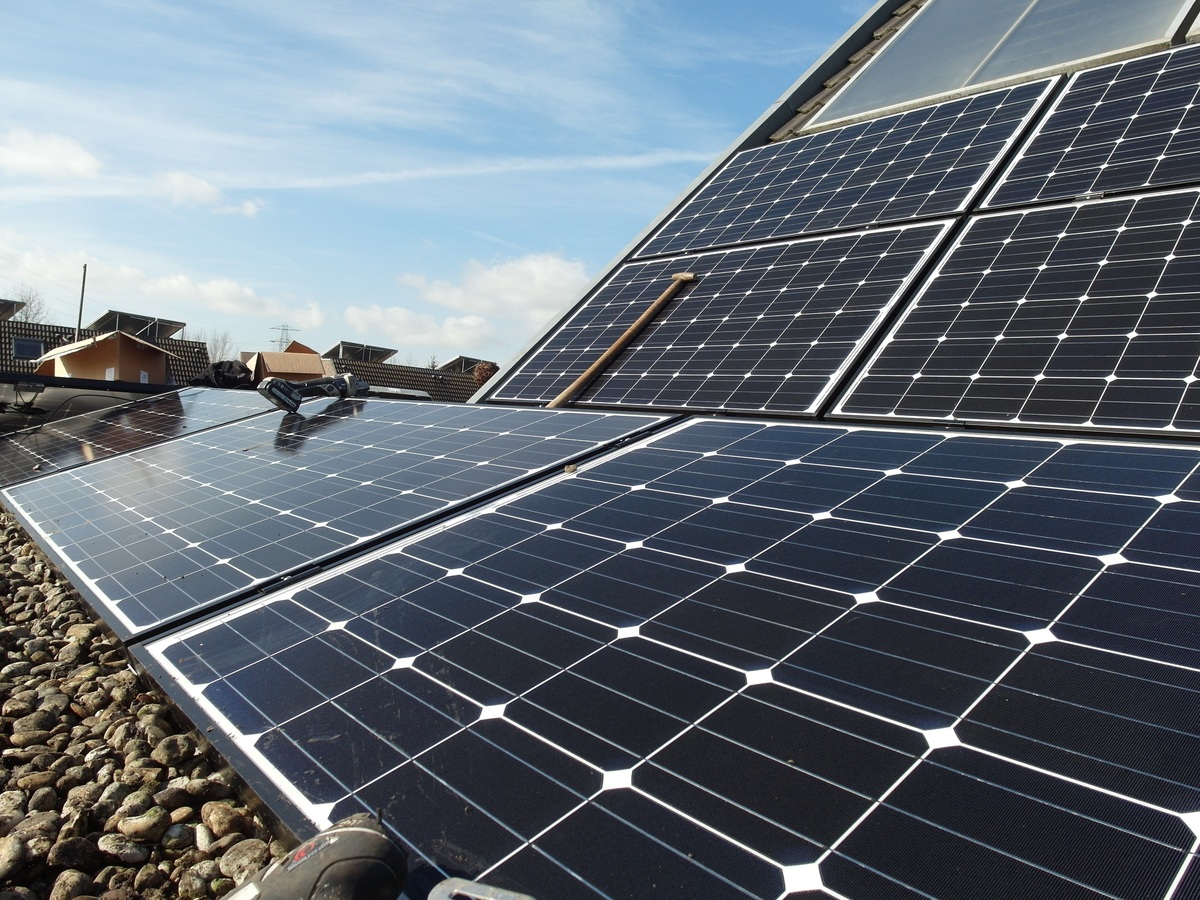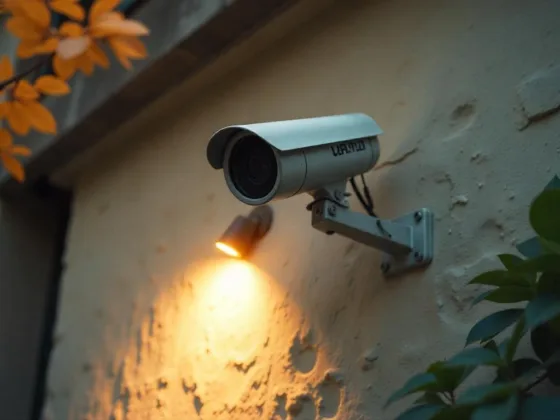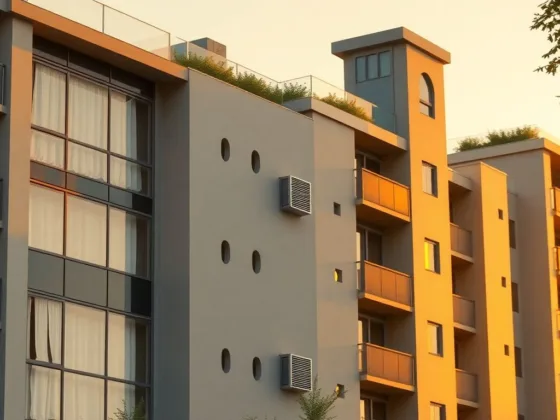What if I told you that the sun could power your home? Through solar panels, of course.
With all the different types of solar panels out there, you may feel overwhelmed by the abundance of choices. Good problem to have, right? To learn about the solar panel styles awaiting your home, give this a read.

Read Also:
Many Types of Solar Panels
It’s 2020 and solar panels are no longer the future: they’re the present and they aren’t going anywhere. Residential solar panels, like those found at www.solarisesolar.com, are all the rage. All the cool homeowners have them, so if you don’t, then what are you doing?
There are three main solar panel types: monocrystalline, polycrystalline, and thin-film.
Monocrystalline solar panels are the most efficient and common panels on the market. These high-purity-silicon panels are great at making electricity at a highly efficient rate.
These panels last long, can take high temperatures, and use less space. Some manufacturers of these panels provide a 25-year warranty. Like with other products though, you get what you pay for with monocrystalline panels.
They’re not cheap.
That brings us to polycrystalline panels. These are quickly and efficiently manufactured. As a result, they’re cheaper than their monocrystalline counterparts.
But they’re affordable also because they don’t produce as much power as monocrystalline panels. And they’re generally larger and don’t last quite as long. Finally, they don’t do as well in low-light or high-temperature situations.
Then we have amorphous panels. These panels start with a thin layer of silicon. They’re thusly lighter and more flexible than polycrystalline and monocrystalline panels.
They also do well in the heat and low-light conditions. They’re great in the latter because they can absorb a wide range of the light spectrum.
Amorphous panels are admittedly inefficient, providing the same amount of power as monocrystalline panels while using twice as much space. And they don’t last as long as monocrystalline and polycrystalline panels.
The Right Solar Panel for Your Home
Now that you know all about the different kinds of solar panels, which kind is right for your unique home?
If you have plenty of room for solar panels, then get yourself some lower-cost, lower-efficiency polycrystalline panels. Property owners with limited space who want to save as much as possible on their electric bill should consider installing some highly efficient monocrystalline panels.
Amorphous panels are most commonly installed on large, commercial roofs that can’t take the added weight of typical solar equipment. Amorphous panels’ decreased efficiency doesn’t affect these roofs as much because there’s more space to install them. These panels can even be portable, installed on your boat or RV.
What Are Solar Panels
Solar panels are the present and the future. They’re here to stay, and one of the three main types of solar panels will soon be on the roof of your home.
Solar panels are the best, aren’t they? They offer all the high-powered electricity of traditional power lines without the corresponding environmental burden.
For more innovative ways to touch up your home, browse the Home Improvement section of the site.










